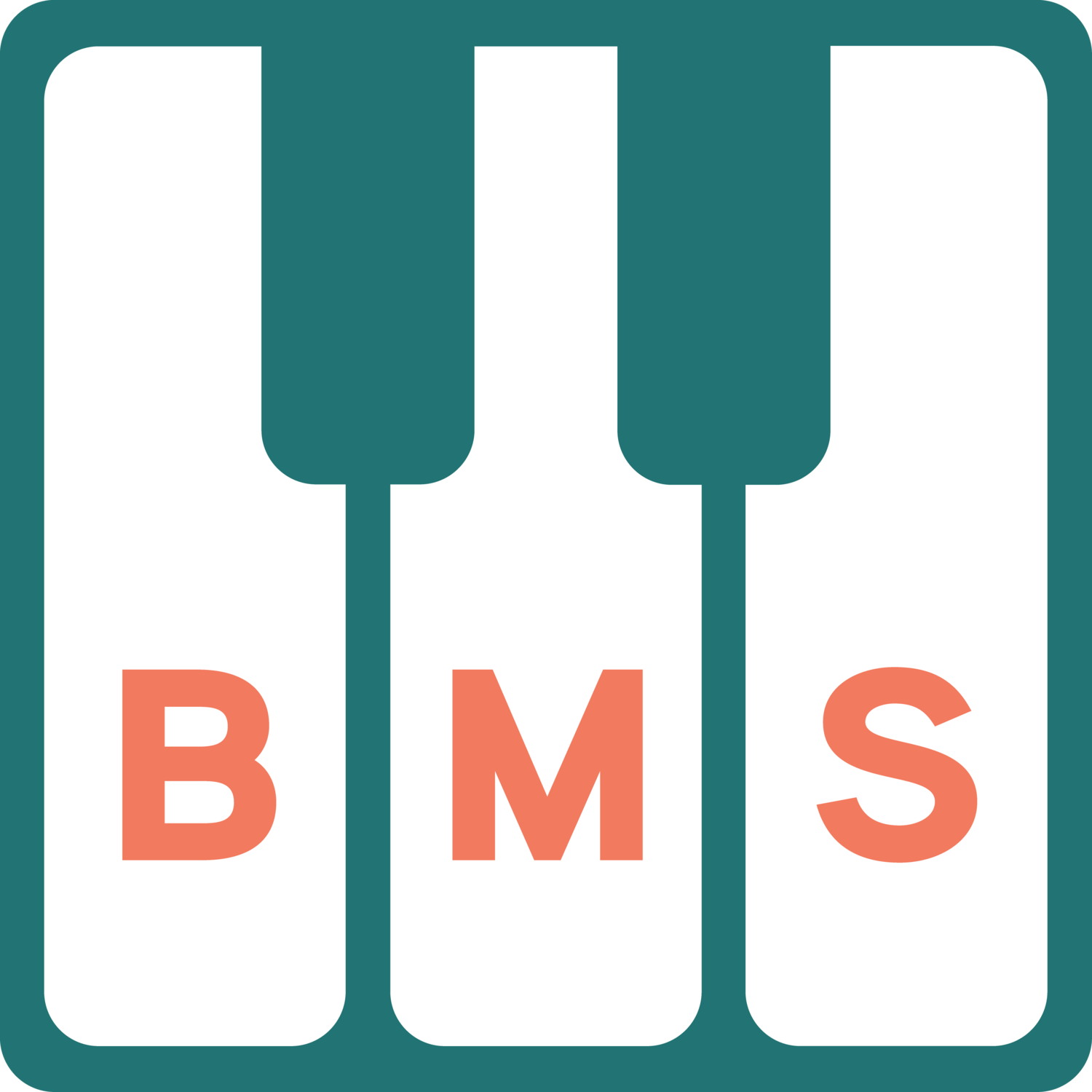Self-Accompanying: Playing and Singing
Self-accompanying is a skill, truly in it’s own right, and should be treated as a separate skill to develop and practice, just as playing piano would be. Being able to play more than one instrument, at least for most people, does not automatically mean you can do both together right away. While it takes a lot of concentration and practice, it provides a very unique approach to learning and presenting music.
One of my favourite parts is having total control over how you want the music to sound. If you need some extra time to fit in a breath, or you want to stretch out a note for emphasis, you can just go ahead and do it. Playing something on the piano hands together for the first time is always a big moment. Then we add the pedal and you’ve got a third thing to think about. Next you also have to sing, including using all good techniques, use of breath etc, AND try to articulate words (maybe even in a different language!). Simply put, your brain is juggling a lot of balls. A natural thing to occur at this point is a few parts of this process “going on auto-pilot.” Perhaps a section has a very playable chord progression in the piano, so you switch your focus to your voice, or the reverse could be true.
Every song has its own challenges, and managing those challenges is a big part of being able to self-accompany. Often the final result is formed by a lot of small section practice, figuring out one part at a time and building some muscle memory to manage everything. But when everything does come together, it is a really amazing thing. Self accompanying allows you to see the whole picture, to not only see and hear, but really understand how your voice fits into the harmonic elements the other instrument is providing.
Personally, I had already taken 2-ish years of piano lessons before I started singing (and taking voice lessons). So I had a decent foundation to jump right into self-accompanying. When I started singing I absolutely loved it, not that I didn’t love piano but singing came to me just a little bit easier than piano did. My teacher at the time pushed me to continue learning both (and music theory too), and I will forever be grateful for that guidance. Having strong piano skills made me a much better singer and musician, and having stronger singing skills made me a better pianist and accompanist. It helped tremendously when I did start self-accompanying. At first it was just to practice the stuff I was doing for RCM voice, but it turned into writing my own pieces, playing and singing church services, weddings, funerals etc. It served me even better through university, when the pieces I was singing became much more complex. I was able to quickly learn not just the voice part, but also see how it “fit in” or worked with the accompaniment and what they might sight like together.
There is absolutely nothing wrong with needing to spend some extra time just playing the sung melody along with your voice until it is really locked in, before trying to accompany without the extra melody support. I did this A LOT when I was preparing John Dowland’s “Flow My Tears,” for one of my harpsichord juries. You could also double the voice melody in parts of the accompaniment you are playing when you need the extra support, it really is up to you! This skill really puts you in the creative drivers seat, and allows you to explore and present the piece exactly the way you want it to be presented.

DISCLAIMER
I am not a medical doctor. These posts are all anecdotal, based on experiences through my own learning, understanding and teaching. My musical knowledge is based primarily in the Western classical tradition, which by no means defines the only perspective to learn and understand music.

